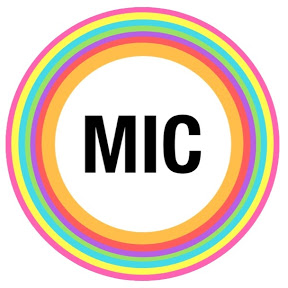In the midst of the COVID-19 crisis that killed over 213,000 Americans, and counting, the number of drug overdose deaths are continuing to rise as the pandemic drags on.
Substance abuse and addiction is a long-term health crisis. Nearly 72,000 Americans died from drug overdoses last year, according to the Centers for Disease Control and Prevention. According to mortality data from local and state governments, the drug abuse related deaths have risen thirteen percent this year compared to 2019.
In addition to the ongoing challenges presented by COVID-19, the American Medical Association (AMA) asserted that the opioid epidemic has grown into a much more complicated and deadly drug overdose outbreak. Still, health institutions are cutting their budgets on drug addiction treatments.
More than 40 states have reported increases in opioid-related deaths as well as ongoing concerns for people struggling with substance abuse. Thus, members of the AMA are greatly concerned by an increasing number of reports from national and state levels that suggest increases in opioid- and other drug-related mortality—particularly from illicitly manufactured fentanyl and fentanyl analogs.
There are numerous reasons for the jump, including increased depression and anxiety tied to the pandemic, disruptions in drug supply, the end of in-person, face-to-face prevention and treatment. Some experts worry that the economic uncertainty, grief and stress brought on by the pandemic will make the problem worse and will lead to a rise in drug overdoses.
“Drug addiction is a clear medical disease, but it is impacted by various factors in society including unfair access to housing, inadequate access to quality education, and access to jobs,” said MD, MPH, Stephen M. Taylor from the American Society of Addiction Medicine. He added, “ all of that is part of what leads to people having difficulties that will very often contribute to substance use disorder.”
Last year, some cities, especially those with higher unemployment rates, continued to see a rise in fatal overdoses among Black and Hispanic residents. The vice dean for diversity and inclusion and a professor of ophthalmology at the University of Pennsylvania, Eve Higginbotham, said that more data is needed to determine exactly what is behind the spike in the death rate among minority populations. But structural inequities in society clearly contribute to worsened health outcomes for people of color, she added.
With the challenges presented by COVID-19, addiction program budgets are being cut. Every health care institution in the country is now under financial stress and looking at how and what they need to cut in addiction programs in order to make the budget work, said MD, addiction medicine, Hennepin Healthcare, Charles Reznikoff.
There are about 2.5 million Americans living with an opioid addiction, needing treatment and care. Thus, the country needs a long-term commitment to treating diseases. Reznikoff added, “I’m really worried about addiction services being cut. But we need payment reform, and we need our healthcare institutions at the state and federal level to commit to this.”







